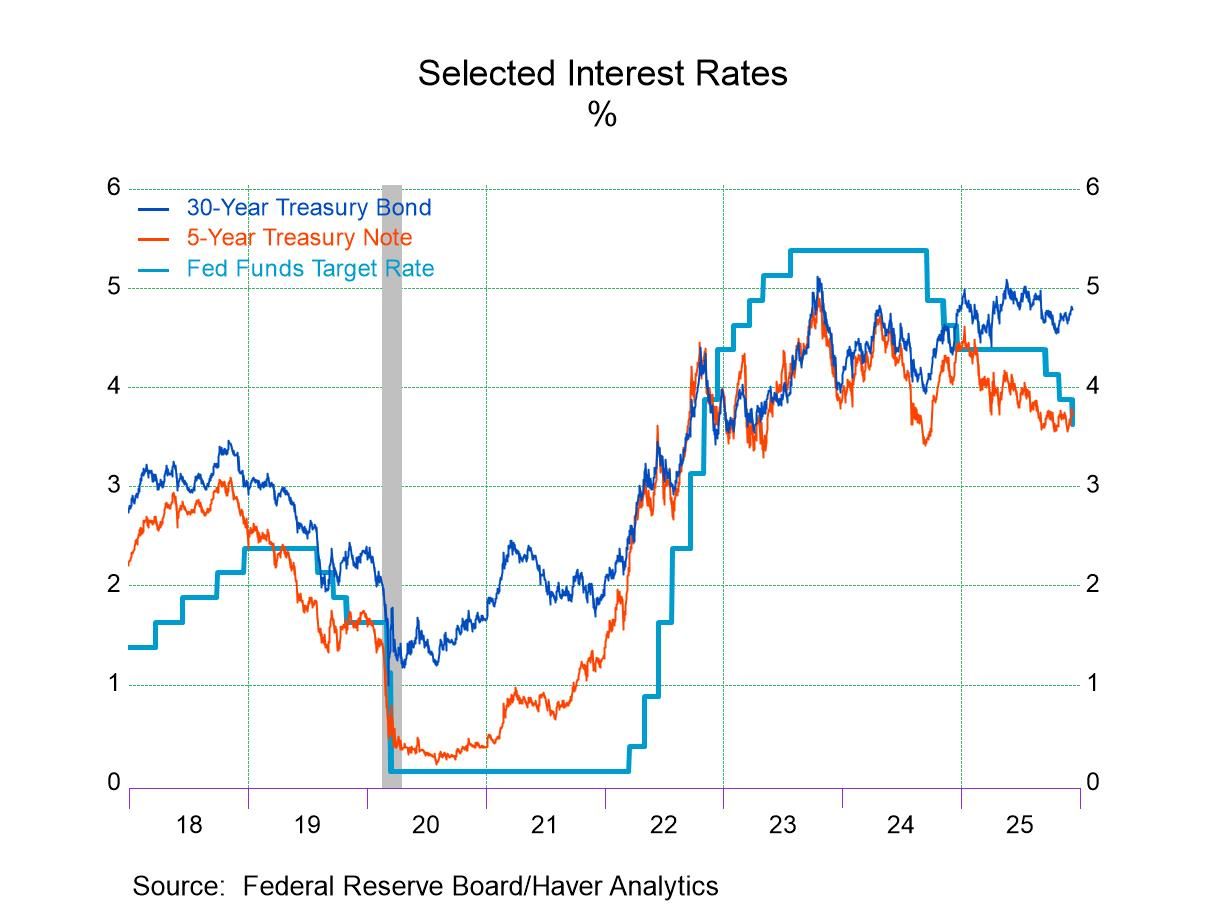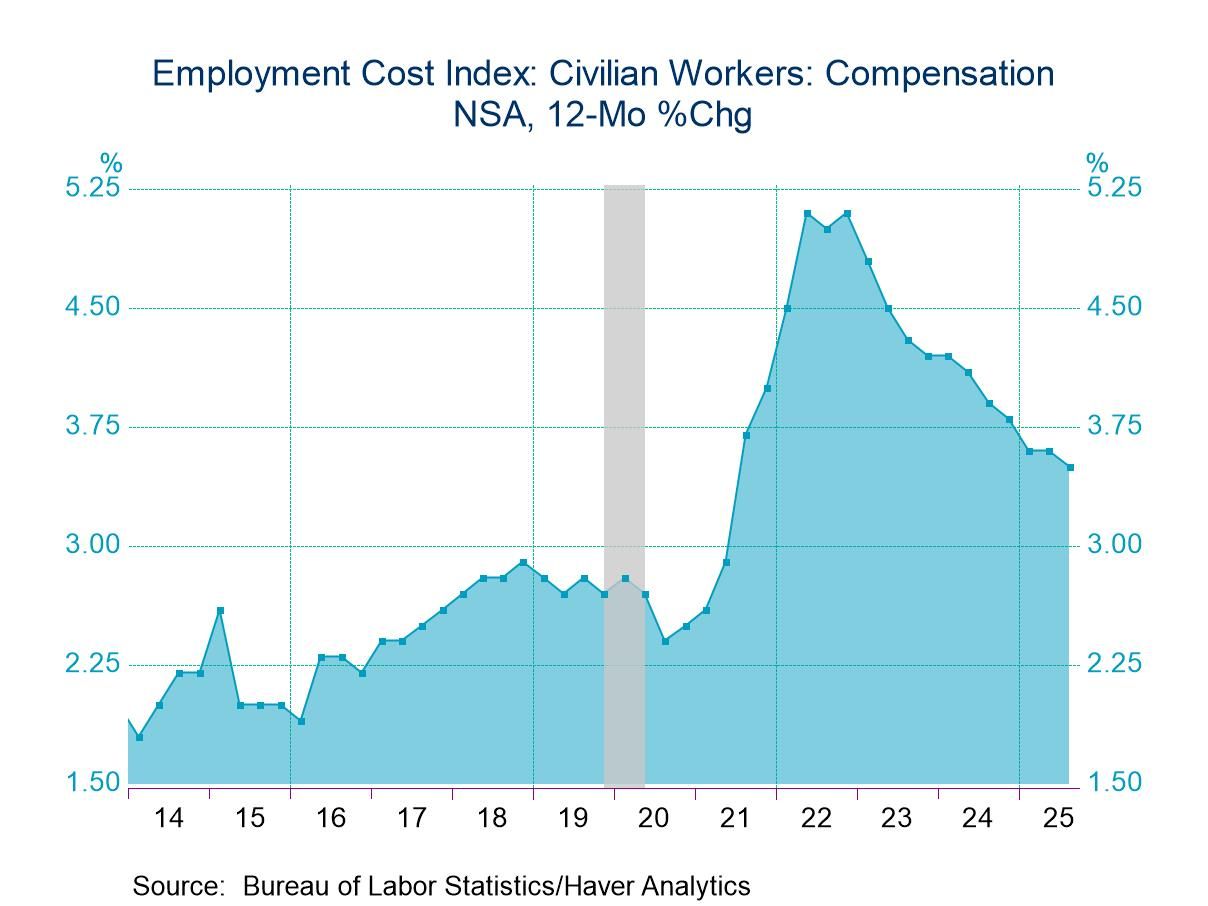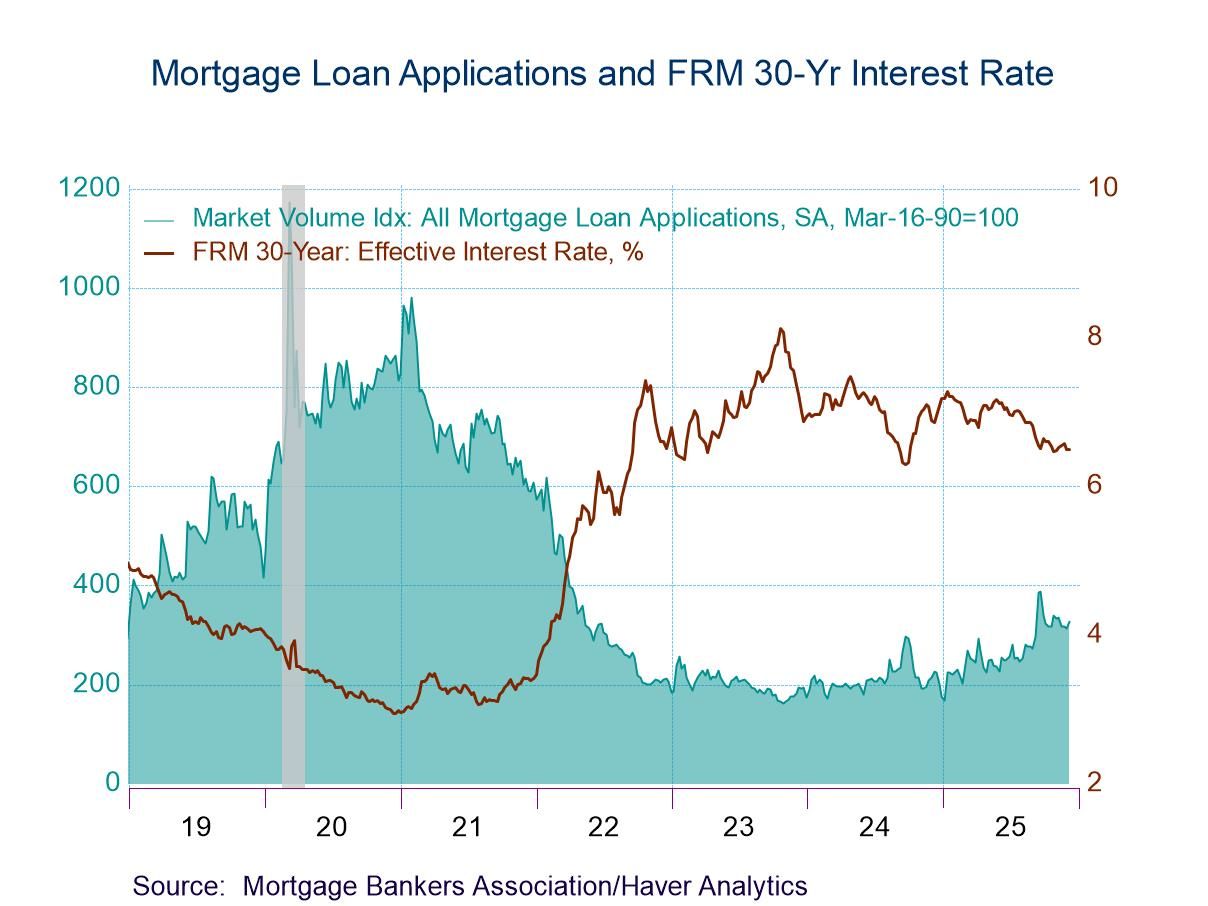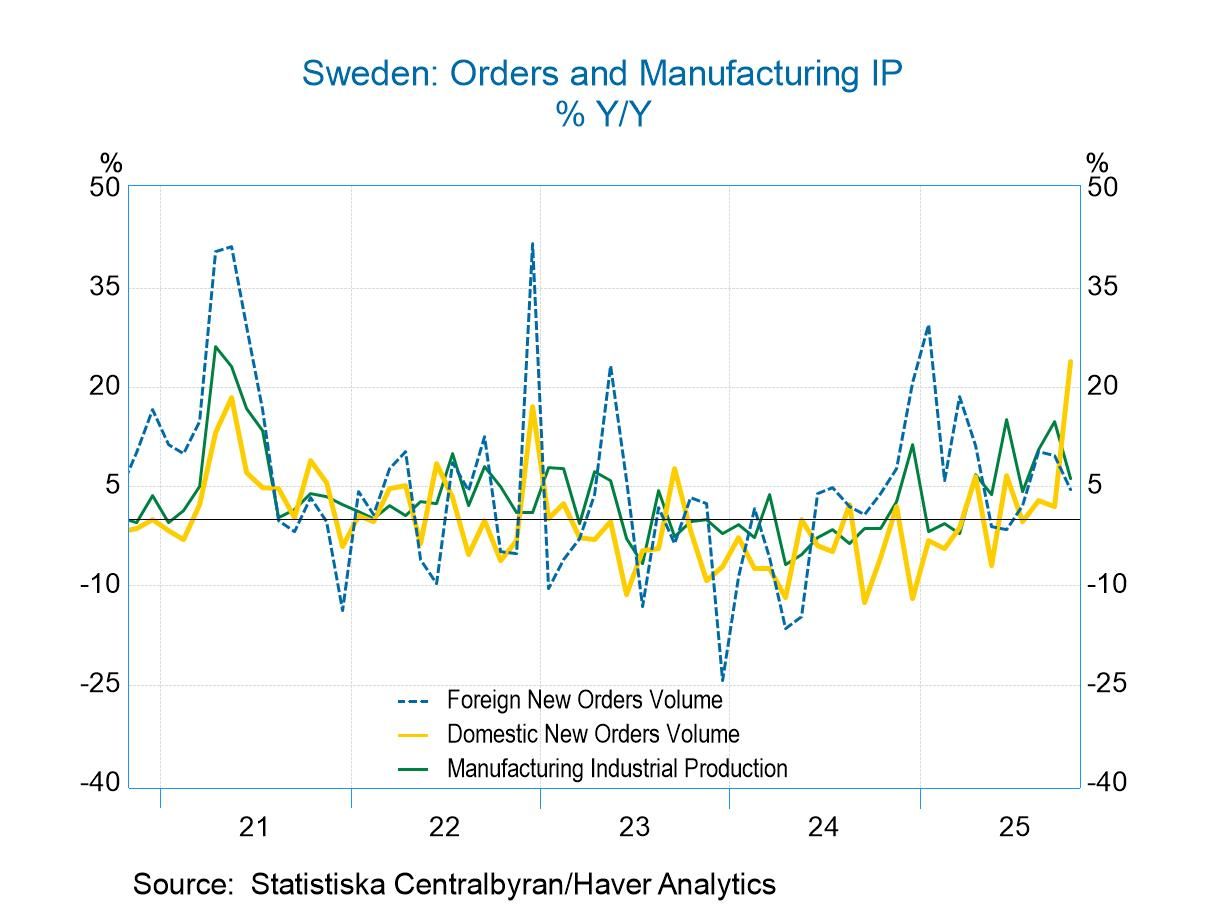German IP Falls in March after Two Months of Strong Gains

German industrial production was strong in January and February but March brough a setback as IP slipped back by 0.4% month-to-month. In March, month-to-month IP fell in all major IP categories except capital goods where it edged ahead by 0.1%.
Sequential trends Sequentially, German IP shows signs of life and of acceleration. The month’s small setback has not reversed that, but since it is an early setback in a process of recovery that is long overdue there is some skepticism about whether the rebound will be sustained. Persisting acceleration is exhibited in the headlines and in all three key sectors. Still, the year-on-year change shows a net drop for the headline and all components. Capital goods still show net output declines on all horizons.
Trends year-on-year Year-on-year consumer goods trends (see data plot) show a somewhat sharper move upward in growth rates while intermediate goods show a slow crawl higher – in both cases this means slower year-on-year declines in train. Capital goods trends show less recovery with only a recent bounce from a deep, 6.2% year-on-year decline, logged in January of this year.
Quarter-to-date The QTD trends show strong gains across components and for the IP headline – the exception is capital goods where output is still falling at a 6.3% annual rate, even with all this pickup in activity around it. The failure of capital goods to join the rebound parade is another reason to remain cautious about embracing the notion of the sustainability of the rebound.
Other IP assessments There is a column of queue standings that rank the year-on-year growth rate on annual data over the last 24 years. This ranking produces a standing in the 14.5 percentile for IP overall and sector standings that rank from 39% to 11%. Next, evaluating IP gains from before Covid in January 2020 to date, leaves us with an empty house. There are no net gains! All sectors show the level of IP in March 2024 -a hearty four-year period – containing some major and minor cycles, a sucker punch from Covid and the Russian attack on Ukraine – at lower levels. German industrial output overall and across sectors is weaker on balance and with unclear momentum. Statistically the momentum looks good right now, but it still must show its sustainability.
Other German manufacturing metrics Manufacturing output on its own follows the same script as for overall IP. However- ominously- real manufacturing orders do not. They show the opposite case, an implosion of sequential growth rates culminating in a drop at a nearly 40% annual rate over three months. Real sales also show a steady diet of declines without much trend but with their weakest reading over the more recent period. The queue standings of the annual growth rates are low.
German surveys The monthly survey results are a mixed bag of monthly trends. The sequential averages, however, show a trend to deterioration of all four industrial metrics, save one (IFO manufacturing). QTD the survey results are split. The queue standings of the surveys are uniformly weak in the ranking range of 10-15-percentile…quite weak.
Other Europe MFG IP Other Europe presents a split view. Monthly data for the four European nations in the table are mixed. Trends from 12-month to 6-month to 3-month are showing acceleration for Spain and Portugal vs. a clear trend to deceleration in France. Norway, a non-EMU country, shows unclear trends but only exhibits an output decline over 12 months. However, the IP standings for the four European nations in the table all are superior to Germany’s. Germany traditionally is the European powerhouse on this metric. Remember this is an individual ranking metric; it does not rank countries against one another. Germany’s own ranking is 14.5%, Spain’s own ranking is 77.7%, France and Portugal have mid 40-perentile rankings, while Norway has a 37-percentile ranking. Comparing each to its own normal performance over the last 24 years, all countries are doing better than Germany. Not surprisingly, German output has fallen by 8.7% since January 2020 compared to a net 4.6% drop for France, a net 2.8% drop for Portugal, a net 0.9% drop for Norway, and an 8.1% rise for Spain. Europe is not operating as it has in traditionally normal times. Covid and the Russian invasion have turned Europe on its head…and it is still there, despite some early signs Germany may be mounting a recovery.

Robert Brusca
AuthorMore in Author Profile »Robert A. Brusca is Chief Economist of Fact and Opinion Economics, a consulting firm he founded in Manhattan. He has been an economist on Wall Street for over 25 years. He has visited central banking and large institutional clients in over 30 countries in his career as an economist. Mr. Brusca was a Divisional Research Chief at the Federal Reserve Bank of NY (Chief of the International Financial markets Division), a Fed Watcher at Irving Trust and Chief Economist at Nikko Securities International. He is widely quoted and appears in various media. Mr. Brusca holds an MA and Ph.D. in economics from Michigan State University and a BA in Economics from the University of Michigan. His research pursues his strong interests in non aligned policy economics as well as international economics. FAO Economics’ research targets investors to assist them in making better investment decisions in stocks, bonds and in a variety of international assets. The company does not manage money and has no conflicts in giving economic advice.






